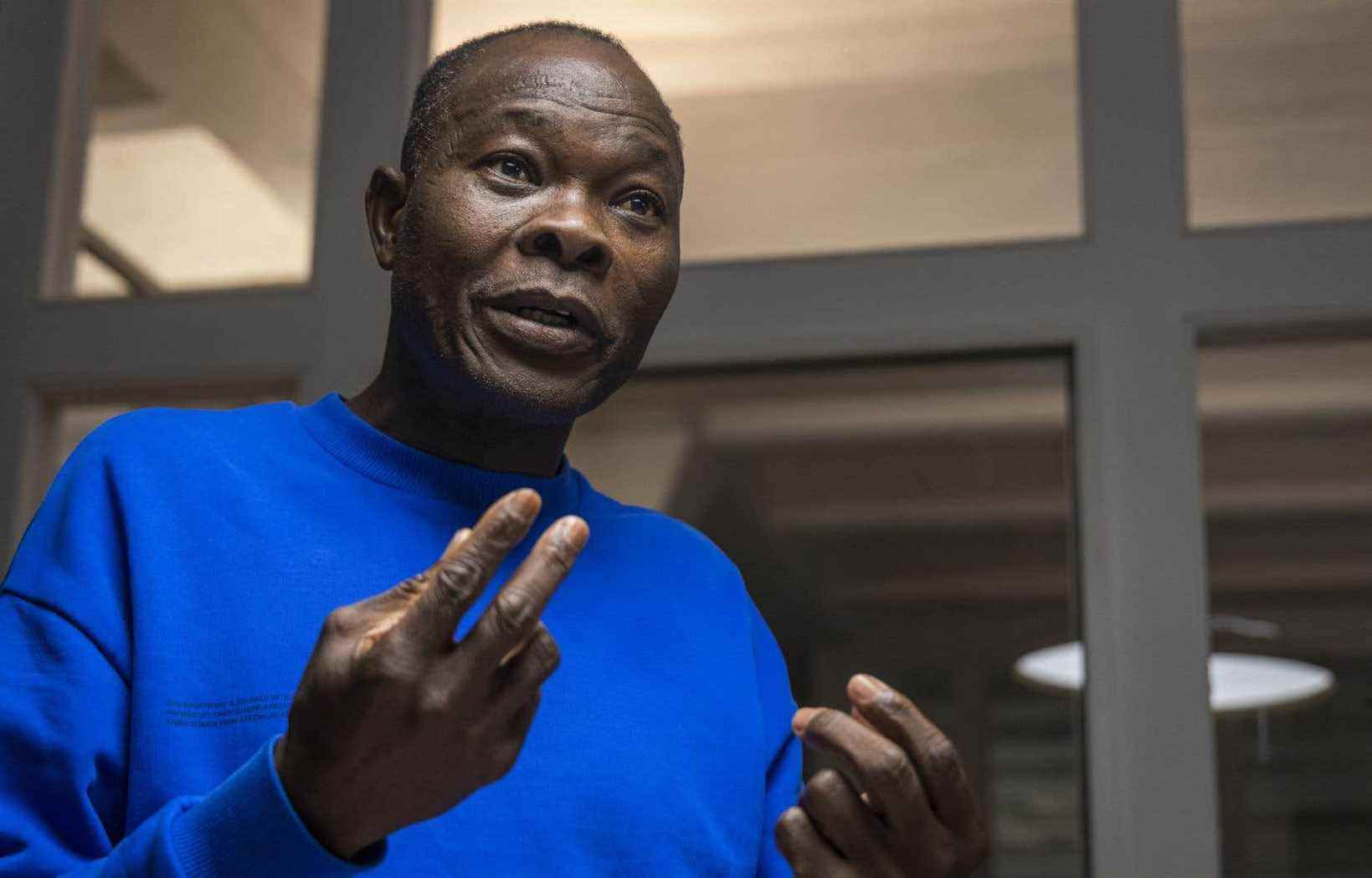A pioneer of sustainable constructions at the service of populations, such as the school in his native village in Burkina Faso, the architect Francis Kéré received the Pritzker Prize on Tuesday, becoming the first African to receive the highest honor in the profession.
“I totally believe that everyone deserves quality, whether you are rich or poor. This is my whole idea: how to create comfort even for the poor, ”reacted the architect to AFP, in his offices in Berlin where he shares his life with his native country.
Born in 1965 in Gando, a village at the time without a school in Burkina Faso which inspired him throughout his career, Francis Kéré became the first African to receive the “nobel” for architecture, a prize awarded each year since 1979 and which has already crowned the biggest names in this art, such as Frank Gehry, Tadao Ando, Renzo Piano, Zaha Hadid or Jean Nouvel.
“We have a lot of young people looking for opportunities, and seeing one of them win the Pritzker Prize can be a great opening and a great inspiration to become an architect,” he continued.
Primary school
“In the current pain of the security crisis, our country must remember that it is also the nation of exceptional men like Francis Kéré”, said Ra-Sablga Seydou Ouédraogo, economist and president of the Burkinabe organization Free Afrik, while the country has been caught since 2015 in a spiral of violence attributed to jihadist movements.
Francis Kéré is known for his involvement in projects useful to the population, such as schools, health establishments or public spaces, in several African countries, such as Burkina Faso, Benin, Mali, Togo, Kenya and Mozambique.
“Through his commitment to social justice and the intelligent use of local materials to adapt and respond to the natural climate, he works in marginalized countries, where constraints and difficulties are many and where architecture and infrastructures are absent, ”welcomed the organizers of the Pritzker Prize, awarded by the Hyatt Foundation, in a press release.
The architect, who also has German nationality, has also been commissioned for pavilions and installations in Europe and the United States. In 2004, he had already received the Aga Khan Award for Architecture.
Among his flagship achievements is the primary school in Gando, the Burkinabè village where he was born.
The Pritzker Prize jury sees in it the “basis of its ideology: to build a source with and for a community in order to meet an essential need and correct social inequalities”.
Memorial to Sankara
“Good architecture in Burkina Faso is a classroom where you can sit, have filtered light that enters as you want to use it, on the blackboard or on a desk”, explains the architect.
The school is designed to withstand the heat and limited resources. Its success led to its extension, the construction of teachers’ quarters and a new library. Always with the same guideline, sober buildings in warm tones, sand or ocher, which fit into the landscape and where light is crucial.
Other achievements include the renovation of the National Park of Mali in Bamako, or more recently a campus for a network of start-ups in Kenya.
Other emblematic sites are still planned according to the Kéré Architecture website, such as a memorial for the revolutionary and former Burkinabè statesman Thomas Sankara or a new National Assembly in Ouagadougou, after the fire of 2014 during the revolt who ousted the former president of Burkina Faso Blaise Compaoré from power.
Last year, the Pritzker Prize was awarded to the French Jean-Philippe Vassal and Anne Lacaton, apostles of an architecture dedicated to the well-being of the greatest number, combining generous spaces with modest budgets and ecological techniques.
